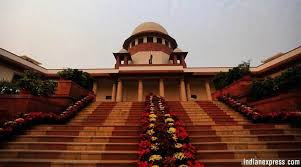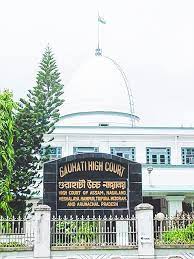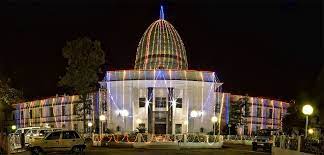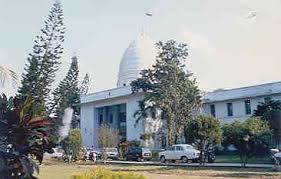(A) Evidence Act, 1872, Section 68 – Succession Act, 1925. Section 63 -Will – Proof of execution – Suspicious circumstances – Admitted case of the appellants that the testator left behind about 8 acres of land and three houses – What has been bequeathed to the respondent is merely a part of testator’s entire property i.e. land measuring approximately 3.5 Acres -Balance property of the testator is in possession of widow and daughter – This is how the interest of the natural legal heirs has been taken care of – It has come in evidence that the testator was not keeping good heath as he was suffering from asthma and cough – The appellants, i.e. widow and daughter were not living with testator for quite some time at the time of execution of Will – It has also come on record that she was not present when the testator died – Expenses for his last rites were borne by the husband of the respondent who was taking care of the land of the testator – The testator was conscious of the fact that he had a wife and a minor child whose interest had been taken care of by leaving part of the property for them – It came in response to a specific question asked by PW-4 to the testator at the time of execution of the Will – It was so stated by PW-4 in his cross-examination – Even in para 14 of the written statement, the appellants stated that they are enjoying the suit properties and other properties left by the testator – This clearly shows that certain part of the properties was left by the testator for his widow and minor daughter – Held that from the aforesaid evidence on record no error has been committed by the High Court in holding that the Will was not surrounded by the suspicious circumstances as the scribe and one of the witnesses were unison. (Para 12 and 13)
(B) Civil Procedure Code, 1908, Order 8 Rule 3 and 5 – Civil Procedure – Pleadings in Written statement – Plaint filed by the respondent shows that it contains ten paragraphs besides the prayer – In the written statement filed by the appellants, no specific para-wise reply was given – It was the own story of the respondent containing fifteen paragraphs besides the prayer in para 16 – Held that in the absence of para-wise reply to the plaint, it becomes a roving inquiry for the Court to find out as to which line in some paragraph in the plaint is either admitted or denied in the written statement filed, as there is no specific admission or denial with reference to the allegation in different paras – Requirement of Order 8 Rules 3 and 5 CPC are specific admission and denial of the pleadings in the plaint – The same would necessarily mean dealing with the allegations in the plaint para-wise – In the absence thereof, the respondent can always try to read one line from one paragraph and another from different paragraph in the written statement to make out his case of denial of the allegations in the plaint resulting in utter confusion. (Para 14 and 15)
SUPREME COURT OF INDIA
2024 STPL(Web) 142 SC
2024 INSC 164]
Thangam And Another Vs. Navamani Ammal
Civil Appeal No. 8935 of 2011-Decided on 4-3-2024
https://stpllaw.in/wp-content/uploads/2024/04/2024-STPLWeb-142-SC.pdf







